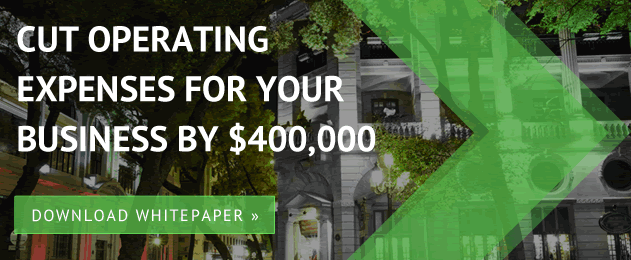
In a competitive business environment, every dollar saved can significantly impact the bottom line. One of the most effective yet often overlooked strategies for cutting costs is switching to LED lighting. While it may seem like a small change, the shift from traditional lighting to LEDs can lead to substantial savings for your business. How much can LEDs save your business per year? Let’s break it down.
Understanding LED Efficiency
LEDs are renowned for their energy efficiency. Unlike traditional incandescent bulbs that lose most of their energy as heat, LEDs convert nearly all the electricity they consume into light. This efficiency translates into significant energy savings. For example, an LED bulb uses about 75% less energy than an incandescent bulb and lasts up to 25 times longer. Even when compared to compact fluorescent lamps, LEDs still come out on top, using about 25-30% less energy.
Calculating the Savings
To get a clearer picture of the potential savings, let’s consider a typical commercial setting:
- Number of Light Fixtures: Suppose your business has 100 light fixtures.
- Operating Hours: These lights are on for 10 hours per day, 5 days a week, which equals 2,600 hours per year.
- Energy Consumption: A standard 60-watt incandescent bulb would consume 156,000 kWh annually, whereas an equivalent LED bulb (using about 10 watts) would consume only 26,000 kWh.
- Cost of Electricity: Assuming an average electricity rate of $0.12 per kWh, the cost difference is significant. Incandescent bulbs would cost approximately $18,720 per year, while LEDs would cost only $3,120.
In this scenario, switching to LEDs would save your business $15,600 annually, just on energy costs. This figure doesn’t even account for the reduced maintenance and replacement costs, given that LEDs have a much longer lifespan.
Reduced Maintenance Costs
One of the often overlooked benefits of LEDs is their longevity. With a lifespan of up to 50,000 hours, an LED bulb can last up to 25 times longer than traditional incandescent bulbs and significantly longer than CFLs. This extended lifespan means fewer replacements, which translates into lower maintenance costs. In a large facility, the savings from reduced maintenance alone can be substantial, as it reduces the need for frequent bulb replacements and the associated labor costs.

Environmental Impact and Potential Rebates
Beyond direct financial savings, switching to LEDs can also enhance your business’s reputation as an environmentally responsible entity. LEDs produce significantly less carbon dioxide than traditional lighting methods, reducing your business's carbon footprint. Additionally, many governments and utility companies offer rebates and incentives for businesses that switch to energy-efficient lighting, further reducing the initial investment cost.
Return on Investment (ROI)
Although the initial cost of LED bulbs is higher than traditional lighting, the savings on energy and maintenance costs typically result in a quick return on investment. In many cases, businesses see a full return on their investment in less than two years, with continued savings for many years afterward.
Switching to LED lighting is a smart financial decision for any business. The potential savings on energy costs alone make the transition worthwhile, but when you factor in reduced maintenance costs, environmental benefits, and possible rebates, the decision becomes even more compelling. By switching to LEDs, your business could save thousands of dollars per year, all while contributing to a more sustainable future.



